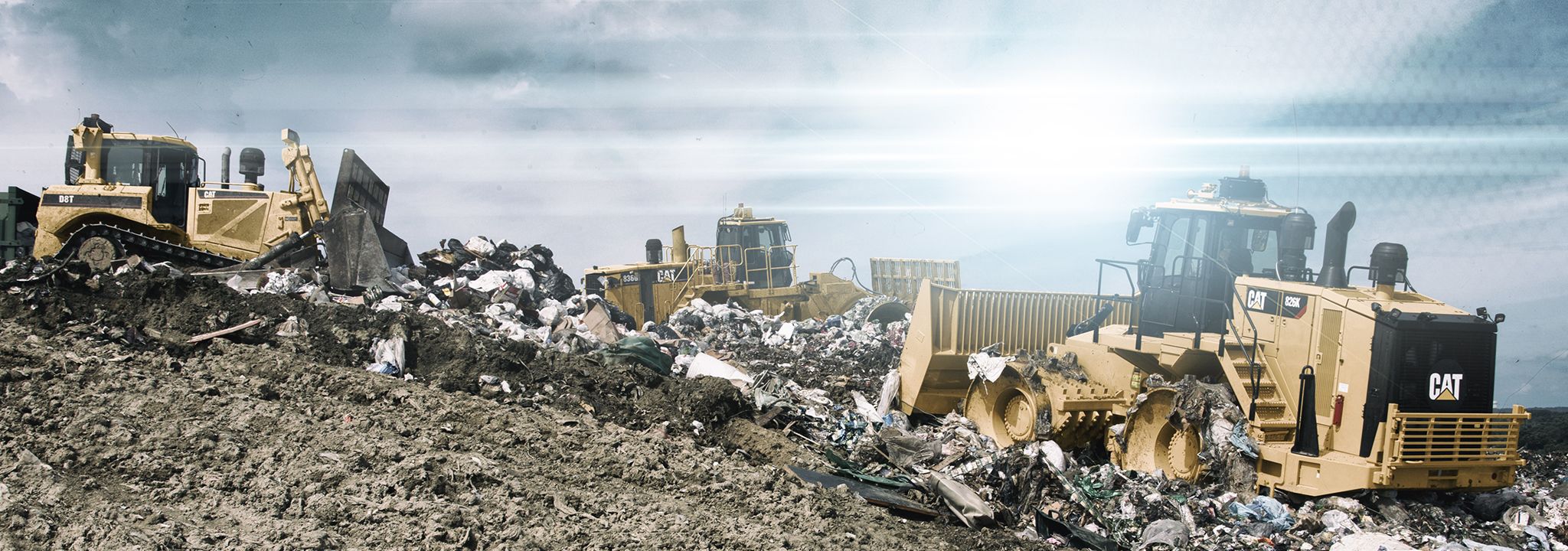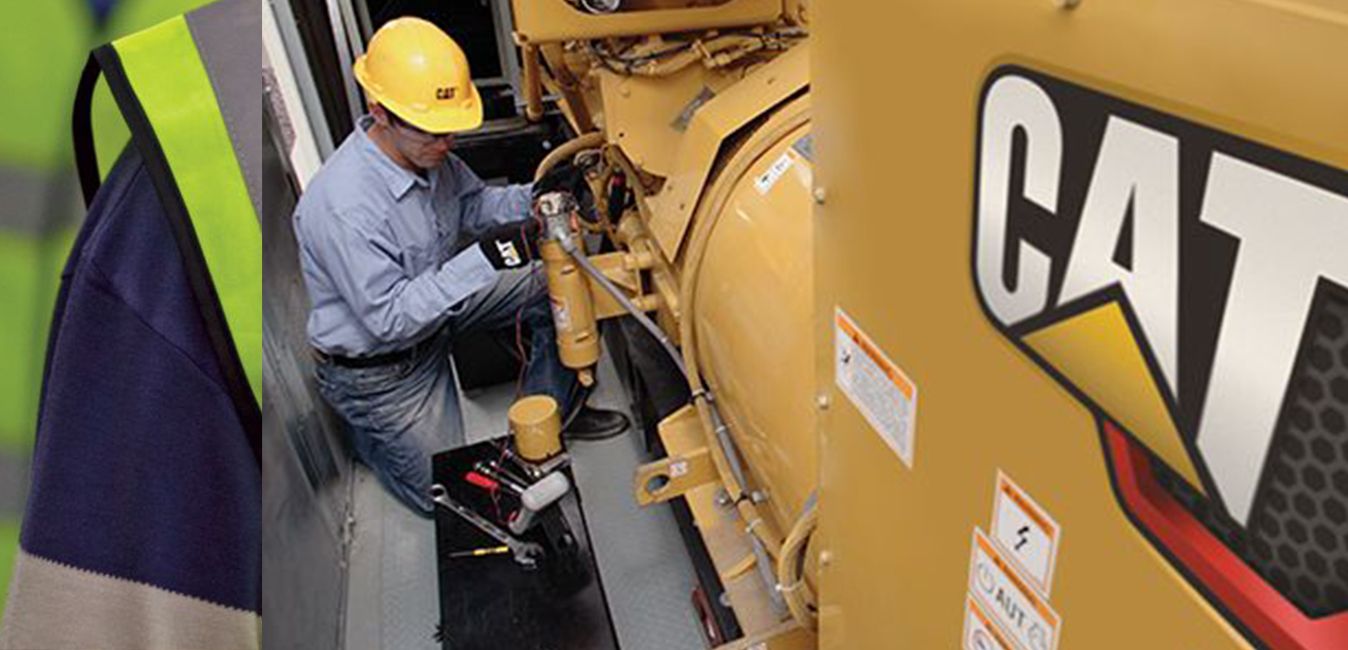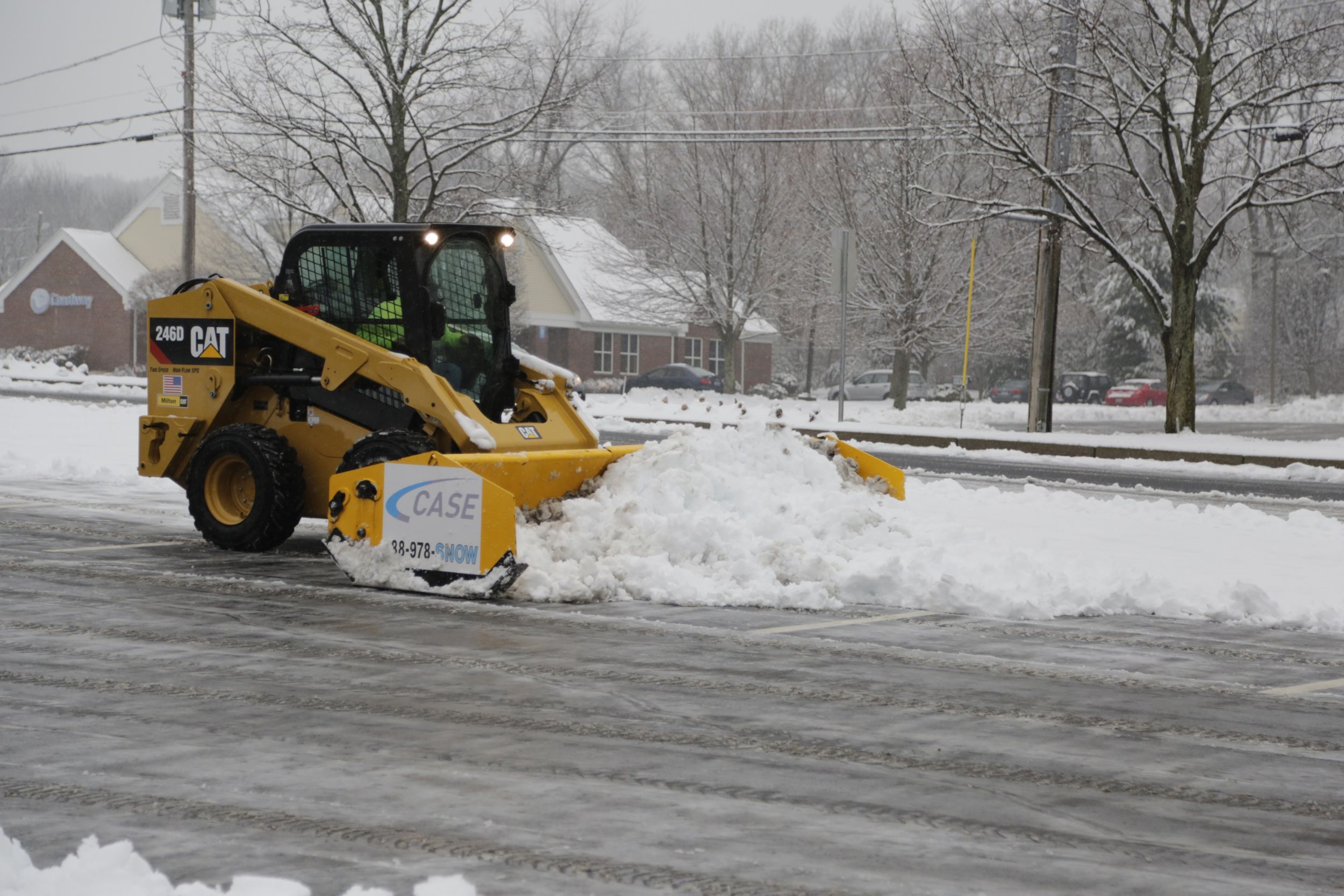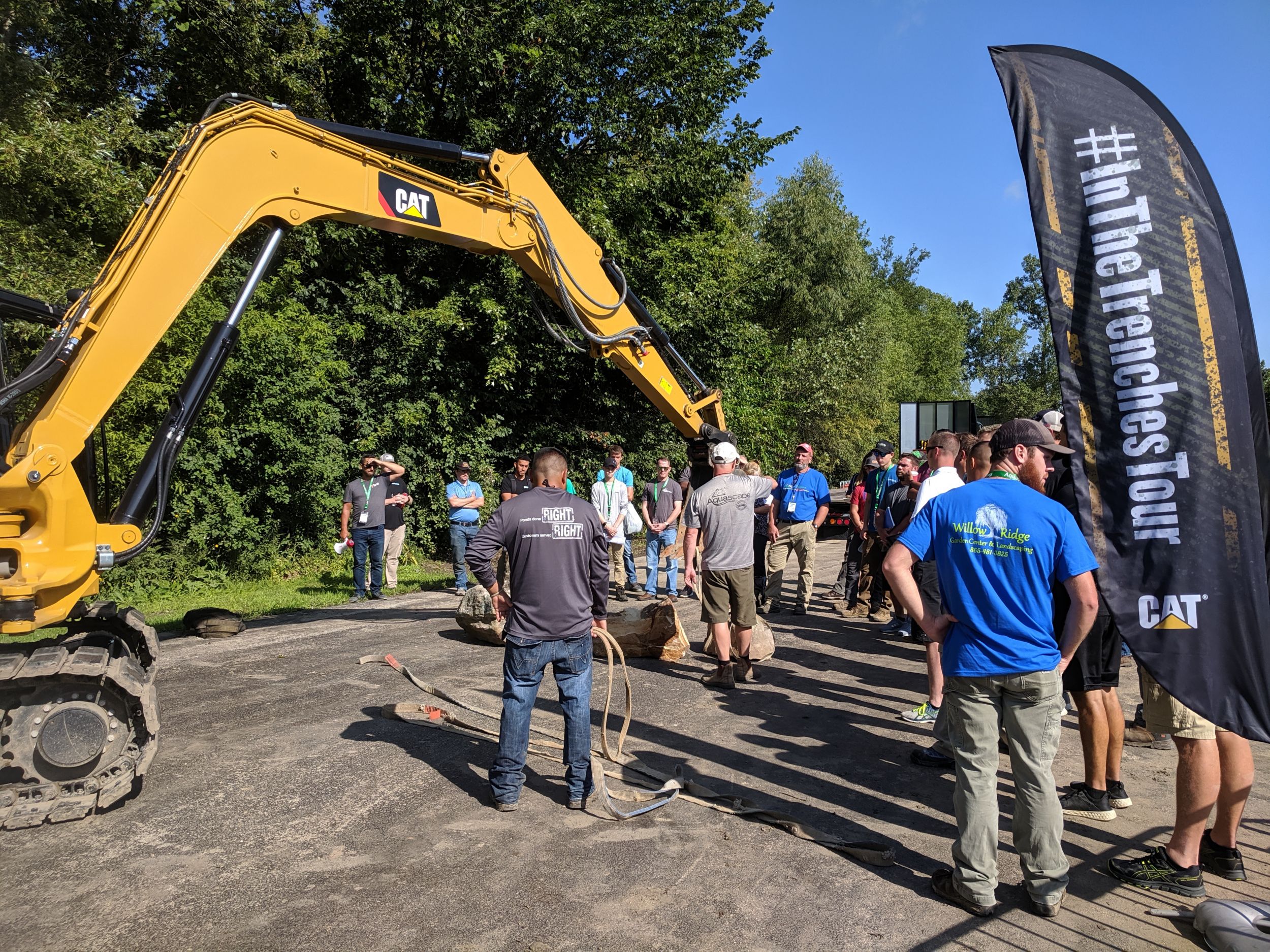If you already have an existing account with another Cat App, you can use the same account to sign in here.
One Account. All of Cat.
Your Caterpillar account is the single account you use to log in to select services and applications we offer. Shop for parts and machines online, manage your fleet, go mobile, and more.
Account Information
Site Settings
Security
TIPS From Landfill Managers on How To Maximize Airspace & Boost The Bottom Line.
It’s a simple formula: The more density you can achieve, the more volume you can handle and the more revenue you can generate. Unfortunately, what happens during “peak times”—the two or three times each shift you likely receive 50-75% of your waste—has a big effect on your ability to maximize density.
How? In the rush to work the large volumes of waste you receive during peak times, you may sacrifice correct push distances, layer heights, patterns and passes—all of which compromise density. Working too quickly often means working less safely as well.
So what’s the best way to manage peak times, maximize airspace and maintain safe operation? We’ve talked to a number of landfill managers about this issue over the years, and here’s what they tell us are the top five best practices:
1. KNOW YOUR DATA.
Do you know exactly when your peak times occur? As a first step, review a few weeks’ worth of input data—selecting different times throughout the year when volumes may vary. (Talk to your machine operators, too, as they experience the effects of peak times every day.) Once you have that knowledge in hand, you’ll be better equipped to choose the right solutions for your operation.
2. ADJUST YOUR ROUTES.
Landfill managers who haul their own waste say this is one of the best ways to manage peak times. If you operate your own trucks, consider adjusting their schedules to spread deliveries throughout the day. That way, you avoid having large volumes of waste arriving just two or three times a shift.
3. CREATE MORE SPACE.
If you can’t control when waste arrives, can you find more space to handle it? One option is to slightly increase the size of your working face or tip area. You might also try staging the waste slightly to the side or moving it to the top. Then you can work the waste up or down in layers when the peak subsides. Another option is to create a bench at the front part of the working face with the waste dumped during peak times—then cut and layer that bench up on the working face when input slows down. (Many landfill managers tell us they achieve better density this way.)
4. REASSIGN YOUR ASSETS.
Do you have dozers working in support roles around your site? What about an extra compactor or two on hand for back-up purposes? If you have operators also working in support roles, think about reassigning them to these “extra” machines during peak times to help with the additional volume. They can return to their original tasks when the work slows down.
5. REVISIT YOUR SCHEDULE.
Data tells us many peak times occur between 10am and noon or between 11am and 1pm. What else often happens around the same time? Lunch and breaks. Look at your schedule and compare it to your peak time data (#1 above). Do you have machines or operators sitting idle when large amounts of waste arrive? Are shift changes, refueling or routine maintenance occurring during peak times? If so, it might be time to rethink your schedule.
While there’s not much you can do to eliminate peak times, you can take action to manage them—as these best practices from landfill managers prove. The result could be better density, a safer operation and a stronger bottom line. Questions? Your Cat® dealer can provide additional guidance. Don't hesitate to ask.
RELATED ARTICLES
You’re here to get ideas to grow your business. Read on for machine insights and expert tips and tricks to get more out of every job.
-
Cat® 302 Excavator Brings the Heat to a PA Hardscaper
Pennsylvania-based hardscaper, Guimento and Son Hardscapes LLC, has been using Cat® machines to help them get the job done from day one. After experiencing total numbness in his hands while operating in cold weather conditions and ultimately, a Type 2 diabetes diagnosis, John Guimento knew he needed a solution. The climate-controlled cab of the Next Generation Cat 302 CR Mini Excavator was the answer.
Learn More -
Cat® Machines Help Case Snow Management Tackle Winter Weather
Case Snow Management, based in Attleboro Falls, Massachusetts, was established in 2009 and has since expanded to become the largest snow and ice management company on the east coast. Owner, Jason Case, attributes a lot of this success to the company’s relationship with its local Cat dealer, Milton Cat, and its reliable fleet of Cat® Wheel Loaders.
Learn More -
Pondemonium 2019 Recap: Taking Pride in Your Landscape Work
Serene waterfalls. Babbling brooks. Tranquil ponds. And the quiet purr of Cat® equipment in the distance … sounds like a little piece of paradise, right? That’s just what we found when we arrived at Pondemonium 2019 a few weeks ago with our In The Trenches Tour featuring Next Generation Cat Mini Excavators. This experience was like no other landscaping event in world. And we couldn’t wait to share a recap with you in the latest “On The Level” blog. If you don’t already love your job, you will after reading this!
Learn More -
Cat Technology Overview
CONEXPO-CON/AGG 2020 is well underway, and Cat® technology is one of the main events.
Learn More






